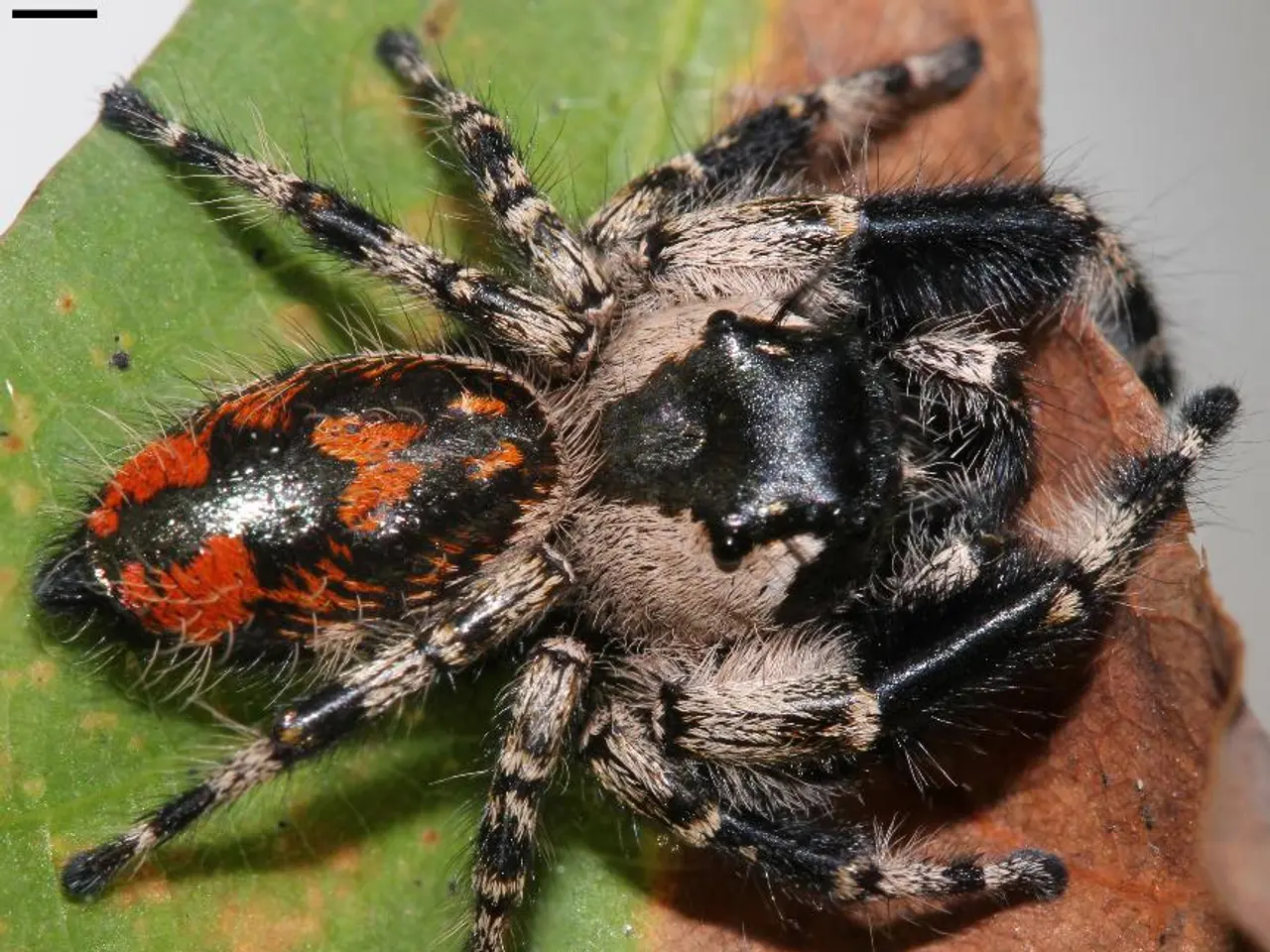Indoor plant menace: the spider tick and strategies to combat it
In the world of houseplants, few pests are as destructive as spider mites. These tiny arachnids, belonging to the arachnid family, can cause significant damage to your beloved greenery.
Spider mites are nearly impossible to spot with the naked eye in the early stages, but the first signs of an infestation are stunted plant growth, yellowing, and curling leaves. In severe cases, a fine web and a white, powdery residue resembling flour appear on the leaves.
Popular acaricides, specifically designed to combat spider mites, include fipronil, sulfur, aberon, vermitec, and similar products. These treatments, which can be contact, stomach, or systemic, are essential in managing spider mite populations. It's important to note that typical insecticides are ineffective against these pests.
To combat webs on spinach houseplants, it is recommended to first rinse the plants thoroughly with water to remove pests. Regularly misting the plants to increase humidity can also help. If the infestation persists, a mixture of water with a tablespoon of soft soap can be sprayed on the plants.
In addition to these measures, using natural predators like predatory mites can effectively reduce spider mite populations without harming the plant. Rotating acaricide products is also suggested to prevent resistance.
Spider mites reproduce quickly in dry, warm air. To prevent infestations, maintaining air humidity and inspecting the undersides of leaves are crucial. It's also advisable to isolate new purchases for a period before introducing them to the rest of your houseplant collection.
In severe cases, or when other methods prove ineffective, at least four treatments with a 3-5 day interval are recommended for lasting results. Remember, spider mite development slows down in high humidity, so creating a more hospitable environment for your plants can help in the fight against these pests.
Spider mites can hide in various places, including window cracks, curtains, and wallpaper, entering a dormant state until favorable conditions return. It's worth noting that these pests can be introduced into the home through various means, such as clothing, fruits, vegetables, cut flowers, or store-bought soil.
To prevent the spread of spider mites, it's wise to keep cut flowers separate from your houseplant collection. Spider mite eggs can remain viable for up to five years, so vigilance is key in maintaining a healthy houseplant environment.
In conclusion, while spider mites can pose a significant threat to houseplants, with the right knowledge and precautions, they can be effectively managed. Regular inspection, humidity maintenance, and the use of specialized treatments like acaricides are essential in keeping your houseplants thriving.







